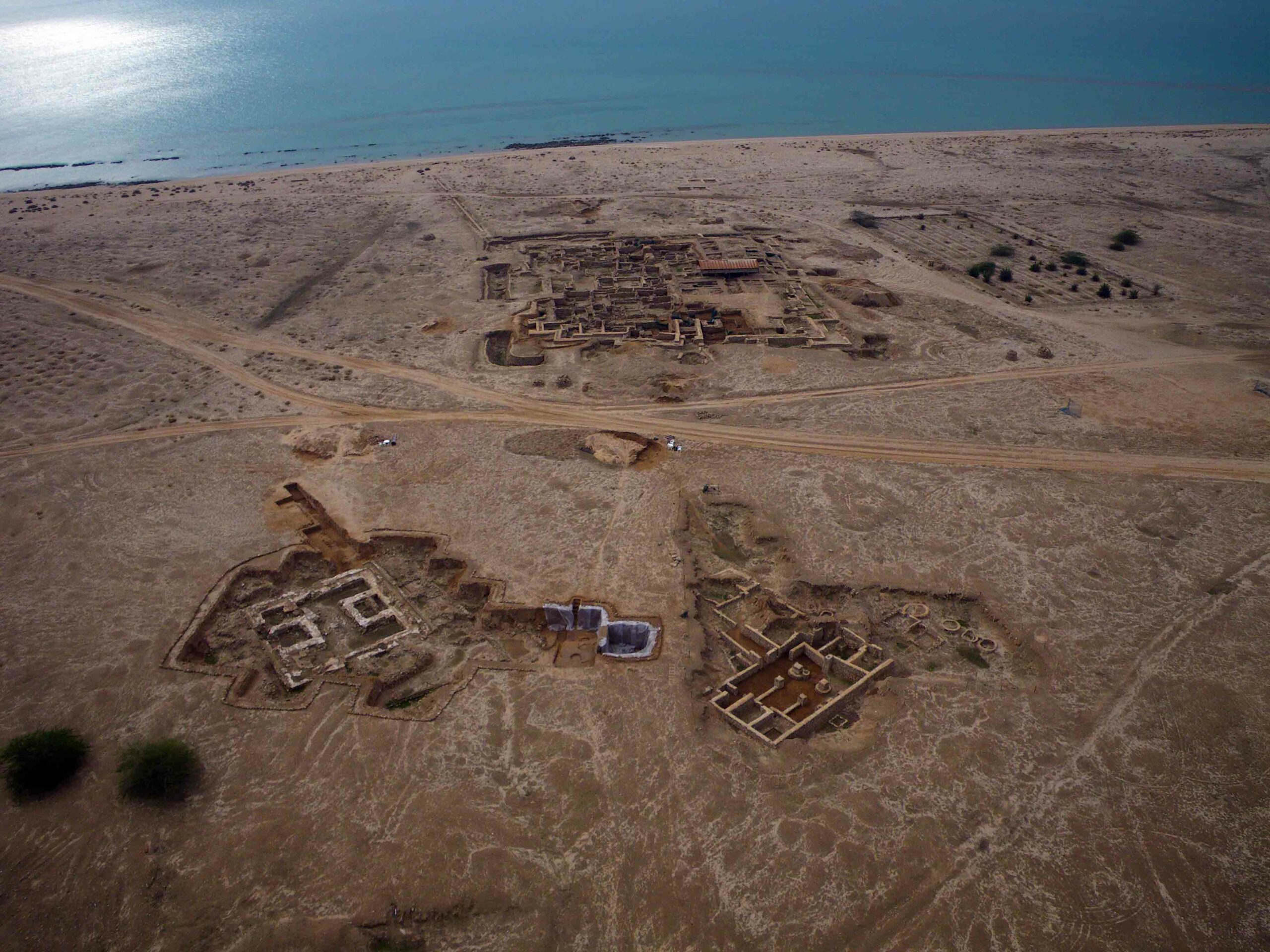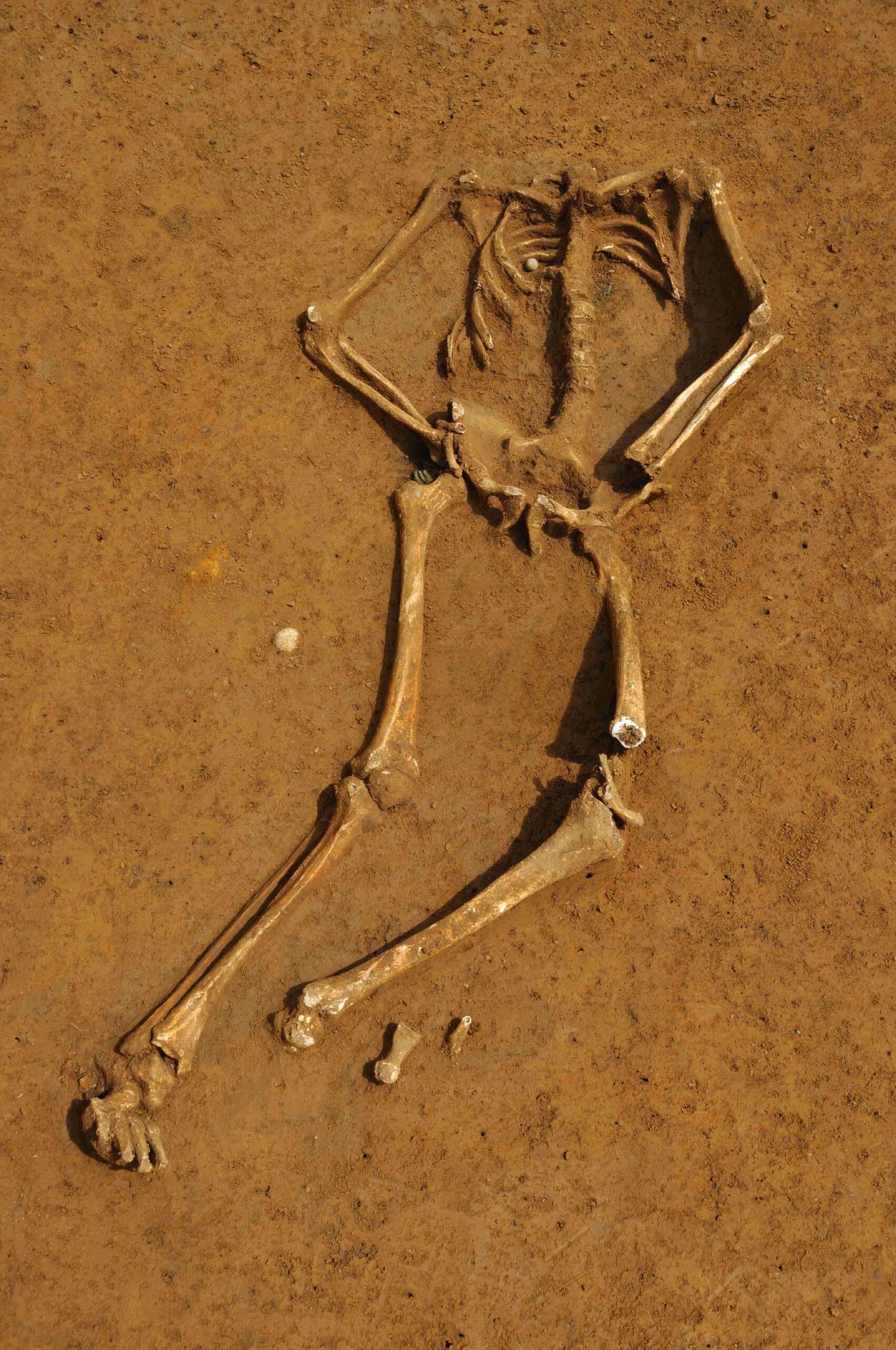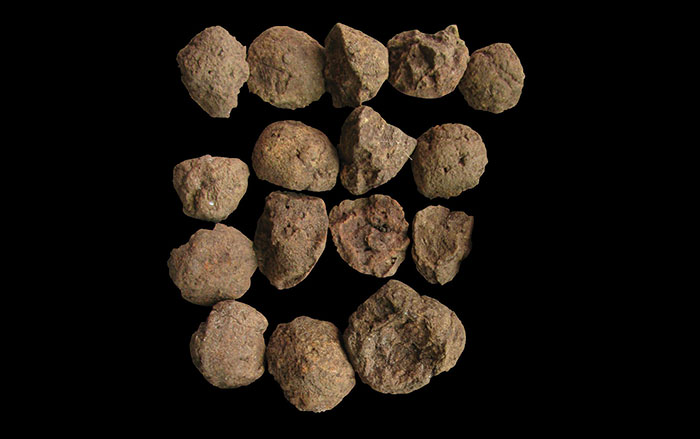
SAN MARCOS, TEXAS—On the evening of May 2, 1863, Lieutenant General Thomas J. “Stonewall” Jackson was hit with friendly fire from the 18th North Carolina regiment during the Civil War Battle of Chancellorsville. Jackson later died of complications from his wounds. How could his own troops have mistaken him for the enemy? Astronomer Don Olson of Texas State University and Laurie E. Jasinski of the Texas State Historical Association calculated the position of the moon and its phase that night, and then figured out where Jackson and the Confederate regiment were at the time of the shooting. “Once we calculated the compass direction of the moon and compared that to the detailed battle maps published by [military historian] Robert Krick, it quickly became obvious how Stonewall Jackson would have been seen as a dark silhouette,” Olson said.










